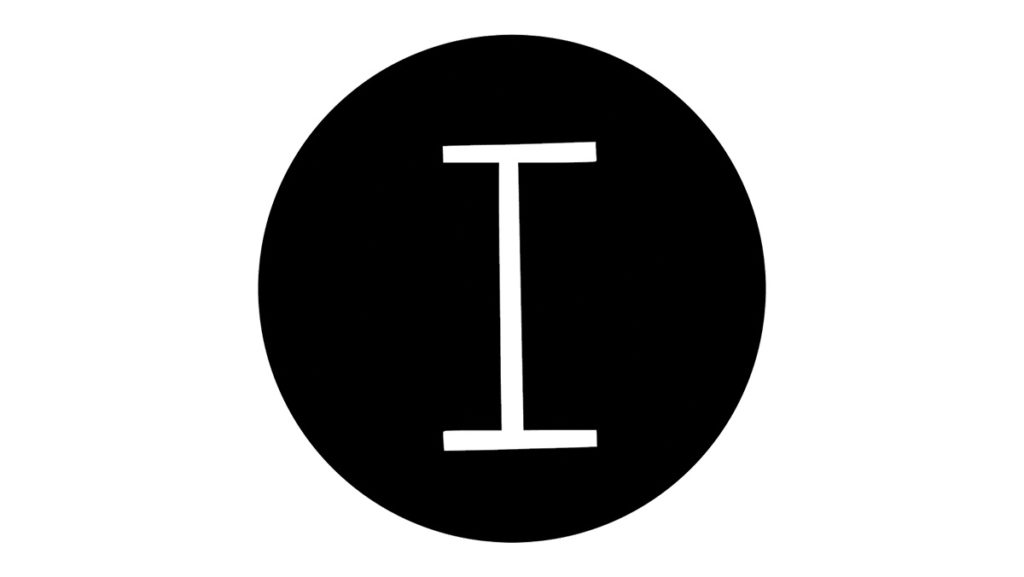In the country’s current higher education climate, it is difficult for students from low-income families to afford college.
The Arthur O. Eve Higher Education Opportunity Program and the Collegiate Science and Technology Entry Program aim to combat this by increasing access to higher education in New York state for low-income students. But these students could see the brunt of the effects of proposed budget reductions to HEOP and CSTEP programs.
Tuition for Ithaca College is already astronomically high, placing low-income students at a greater disadvantage than others. Less funding for CSTEP and HEOP would negatively impact the college’s ability to provide access to low-income students by affecting the number of students accepted into these programs and the services provided to them. Doing so sends a message to low-income students that college is not a place for them. If the state of New York is dedicated to increasing access to higher education, programs like HEOP and CSTEP, as well as Pell Grant programs, should be prioritized and better subsidized. Given the intersections between race and class, widening the pool of students who come from lower-class economic backgrounds would contribute to the racial diversity of the college as well.
As it is, the demographics of the college skew more white, upper-middle class. Partnerships with HEOP and CSTEP are a step toward broadening the pool of students who attend this college. Economically diversifying the student body does not only benefit low-income students by providing greater access to higher education, but middle- and upper-class students as well. It is often the case that those of a higher economic status do not know enough about the experiences of lower-class families, resulting in rampant misconceptions and stereotypes about the poor. Exposing students at the college, many of whom are from the middle- or upper-class, to peers from different racial and economic backgrounds would help broaden their understanding of the race and class issues permeating this country.
Access to higher education should not solely be affordable to those who have the means to pay for it. The lack of access to colleges and universities perpetuates a rampant cycle of income inequality by keeping low-income families at the bottom of the socioeconomic ladder. While middle- and upper-class students are provided with resources and opportunities to move forward via education and job preparation, lower-income students are left behind. Diversifying the student body and being inclusive are not only racial issues, but class issues as well.














